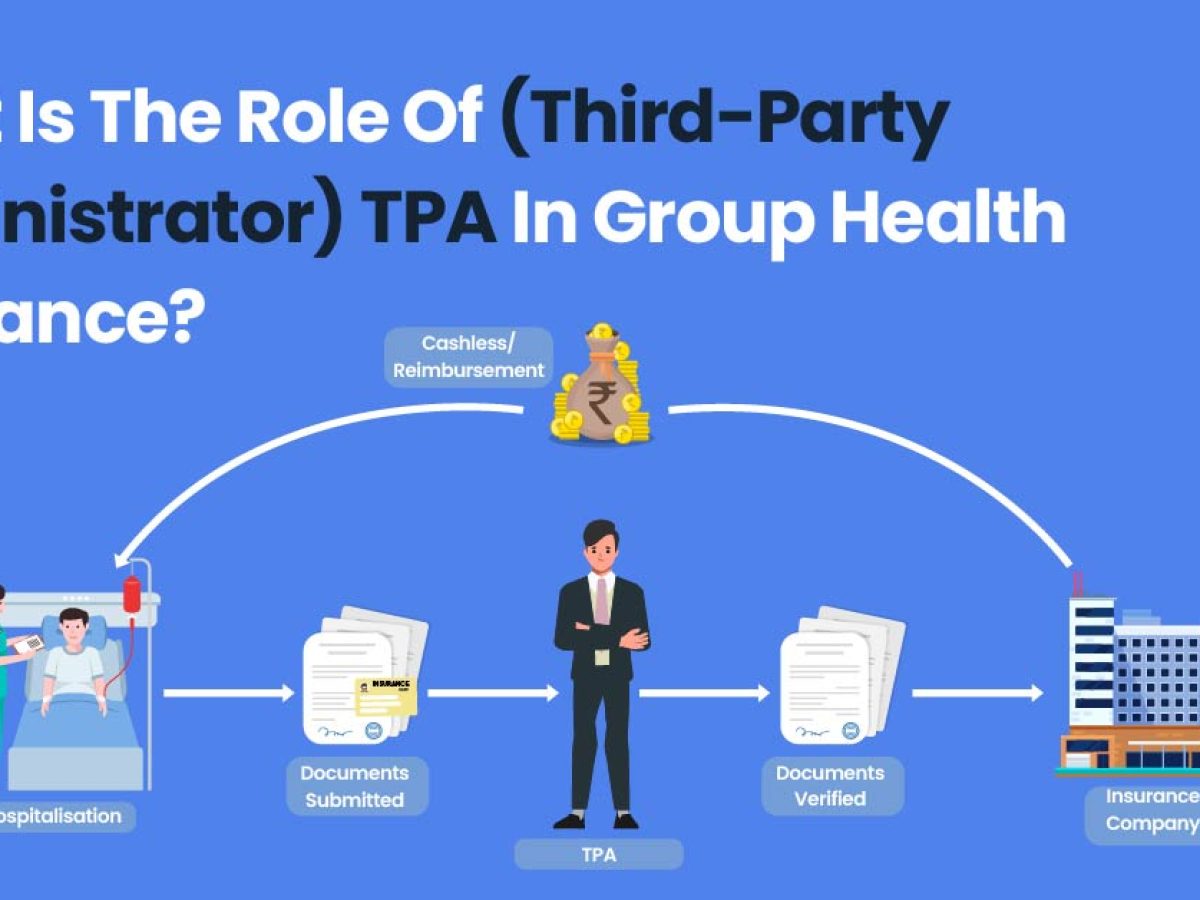The Basic Principles Of Pacific Prime
The Basic Principles Of Pacific Prime
Blog Article
What Does Pacific Prime Do?
Table of ContentsAbout Pacific PrimeThe Single Strategy To Use For Pacific PrimeSome Ideas on Pacific Prime You Need To KnowThe Of Pacific PrimeThe Greatest Guide To Pacific Prime

This is due to the fact that the information were gathered for a duration of solid financial performance. Of the estimated 42 million individuals that were uninsured, almost concerning 420,000 (about 1 percent) were under 65 years old, the age at which most Americans become eligible for Medicare; 32 million were grownups in between ages 18 and 65, about 19 percent of all grownups in this age; and 10 million were children under 18 years old, about 13.9 percent of all youngsters (Mills, 2000).
These quotes of the number of individuals without insurance are created from the annual March Supplement to the Current Population Study (CPS), carried out by the Demographics Bureau. Unless otherwise kept in mind, nationwide estimates of people without medical insurance and proportions of the population with different type of protection are based upon the CPS, one of the most extensively made use of source of quotes of insurance policy protection and uninsurance rates.
All about Pacific Prime

Still, the CPS is particularly helpful because it produces yearly quotes fairly swiftly, reporting the previous year's insurance coverage approximates each September, and since it is the basis for a constant set of quotes for greater than 20 years, permitting evaluation of patterns in coverage over time. For these factors, in addition to the comprehensive usage of the CPS in various other studies of insurance policy protection that exist in this record, we count on CPS estimates, with constraints noted.

The estimate of the variety of uninsured individuals expands when a populace's insurance standing is tracked for several years. Over a three-year duration beginning early in 1993, 72 million people, 29 percent of the U.S. https://www.blogtalkradio.com/pacificpr1me. population, lacked coverage for at the very least one month. Within a single year (1994 ), 53 million people experienced at the very least a month without protection (Bennefield, 1998a)
6 out of every 10 uninsured grownups are themselves utilized. Working does improve the probability that one and one's household participants will certainly have insurance, it is not a warranty. Also members of family members with two full-time breadwinner have almost a one-in-ten opportunity of being uninsured (9.1 percent without insurance rate) (Hoffman and Pohl, 2000).
Fascination About Pacific Prime
New immigrants account for a significant proportion of people without wellness insurance coverage. One analysis has associated a substantial portion of the recent growth in the dimension of the U.S. uninsured population to immigrants who got here in the nation in between 1994 and 1998 (Camarota and Edwards, 2000). Current immigrants (those who concerned the United States within the previous 4 years) do have a high price of being without insurance (46 percent), yet they and their children account for just 6 percent of those without insurance coverage country wide (Holahan et al., 2001).
The connection in between medical insurance and access to care is well developed, as recorded later on in this phase. The partnership between health insurance and health end results is neither straight nor easy, a comprehensive clinical and wellness solutions research study literature web links health and wellness insurance coverage to improved access to care, better quality, and improved personal and population health status.
Degrees of evaluation for analyzing the impacts of uninsurance. This discussion of health and wellness insurance coverage concentrates mostly on the U.S. population under age 65 because practically all Americans 65 and older have Medicare or other public coverage. It focuses especially on those without any type of wellness insurance coverage for any kind of length of time.
The Facts About Pacific Prime Uncovered
The troubles dealt with by the underinsured are in some respects comparable to those encountered by the without insurance, although they are normally much less serious. Health and wellness insurance coverage, however, is neither required nor sufficient to acquire access to medical services. The independent and direct impact of health insurance policy coverage on accessibility to health and wellness services is well developed.
Others will get the healthcare they require even without wellness insurance policy, by paying for it expense or seeking it from carriers that provide treatment complimentary or Learn More Here at highly subsidized prices. For still others, medical insurance alone does not guarantee receipt of treatment as a result of other nonfinancial obstacles, such as an absence of health and wellness care providers in their community, restricted accessibility to transportation, illiteracy, or etymological and cultural distinctions.
Our Pacific Prime Statements
Formal research study regarding without insurance populaces in the USA dates to the late 1920s and very early 1930s when the Committee on the Cost of Medical Care created a collection of records concerning funding physician office check outs and hospitalizations. This concern came to be significant as the varieties of clinically indigent climbed up throughout the Great Depression.
Report this page